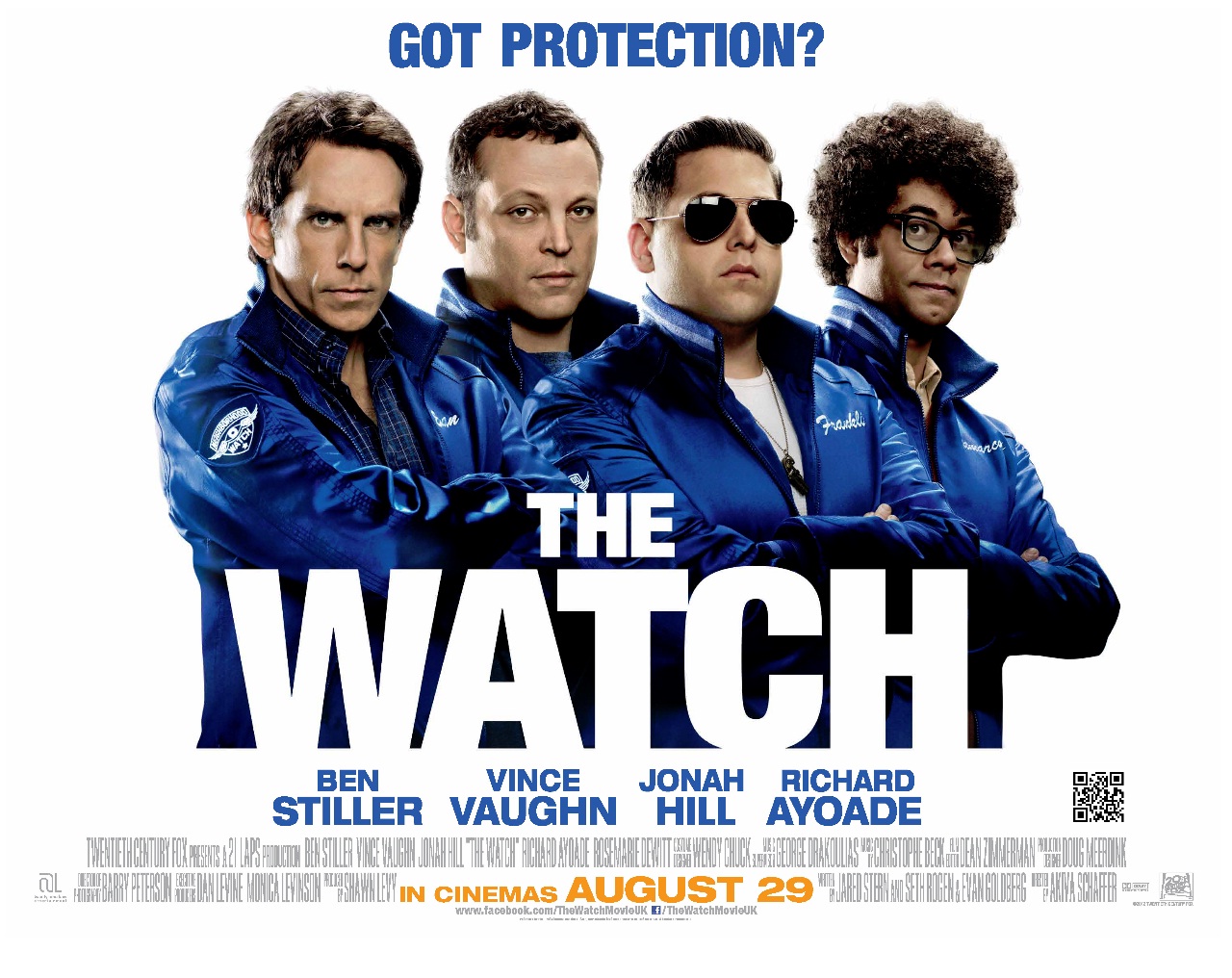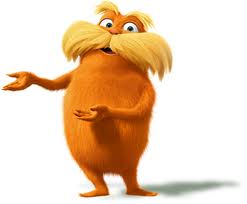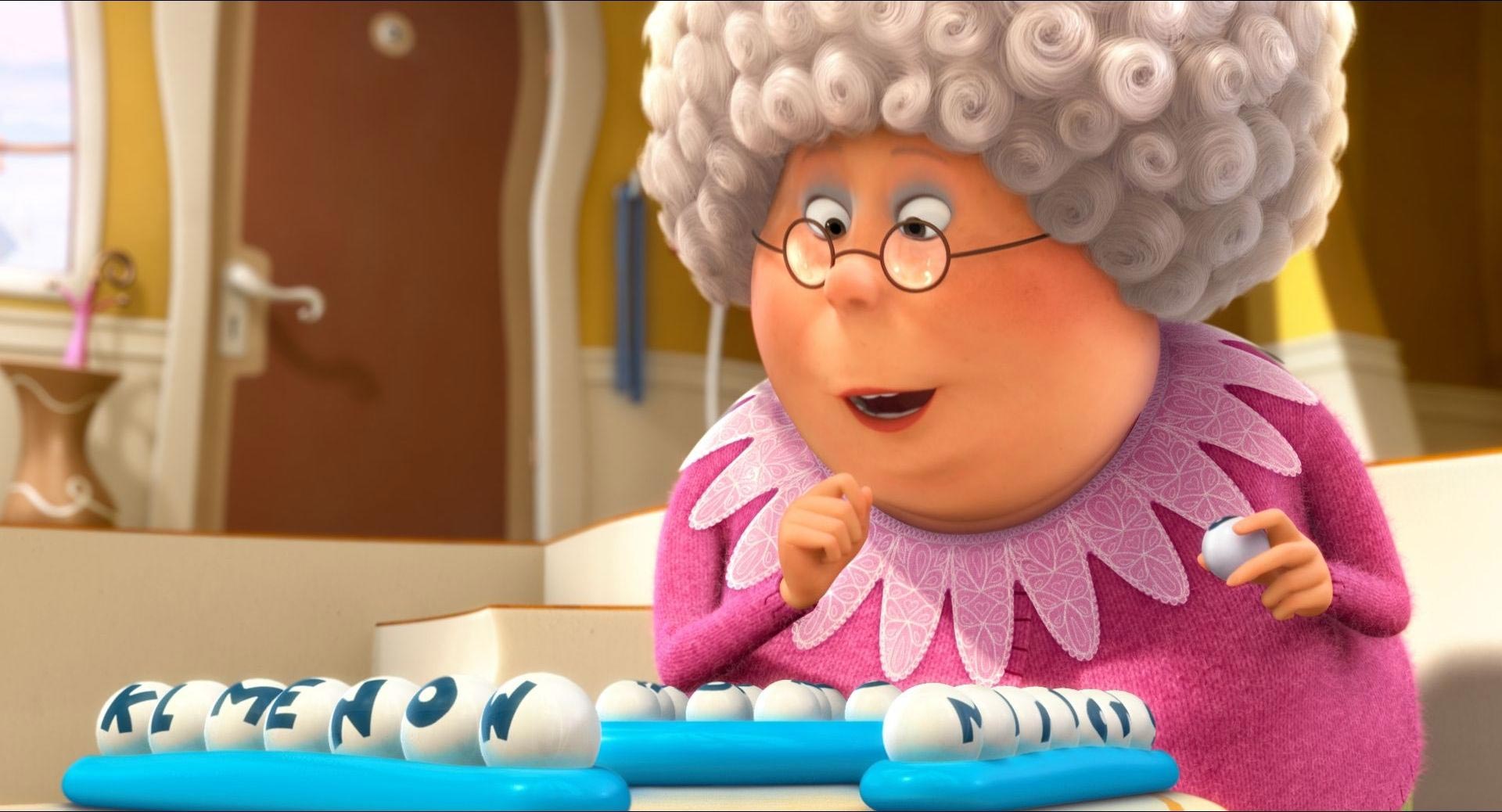PG / 130 mins. approx.
Seen Twice At Didsbury Cinemas On: Saturday,
16th March, and Thursday, 4th April, 2013.
In 1939, L. Frank Baum’s classic tales
of wicked witches and flying monkeys were immortalized in glorious Technicolor,
and the memory of an innocent, apple-cheeked Judy Garland singing Somewhere Over The Rainbow – an iconic
cinematic image for multiple generations – was born.
Now, almost 75 years on, a new generation of children are treated to a
version which both encapsulates and capitalizes upon the current trend in the mainstream 21st Century
cinematic experience: obtaining exactly the correct balance of 3D – used as a
tool to surprise and occasionally, mildly shock.
Although purists may raise more than a few eyebrows, it’s important to
judge this entirely on its own, but also to acknowledge those numerous
references hidden away for an homage to posterity.
Who else could make this work better than Disney, who couldn’t have been
cleverer in their choice of director, a man who’s more than accustomed at
bringing culturally iconic figures to particularly vibrant life – Sam Raimi.
Of course, he was tasked with rebooting the first trilogy of Spider-Man movies – beginning back in
2002 – with resoundingly joyous success. Those films, as with Oz -
have two magic potions in common.
Stylistically, they’re operated on a complete dream-time-level canvas
thanks to the first of these - Raimi. Just as his contemporaries such as Tim
Burton especially, and also Christopher Nolan, did as well.
Of course, this doesn’t examine those vastly paradoxical complexities
that Inception does – but what is
does share, is a similar sense of unlimited grandeur.
There’s a sense with this very specific set of directors, that even when
adapting source material, their inventiveness can propel their films anywhere.
Nolan made his Batman trilogy a brooding, seminal paradigm for our time, delving
into territory other filmmakers wouldn’t dare touch.
Raimi’s Spider-Man trilogy, (although far sunnier tonally),
embodied a similar sense of inventive audacity, using not just entirely
believable computer-generated imagery, but a far more old-fashioned sense of
grounding the narrative in an almost kinesthetic believability for the
audience. Spider-Man and the teenager under his mask were just as important as
the spectacle around him.
What impressive spectacle it was though – the action-set pieces used
cinematographic technique that fizzed with colour, and explored camera angles
that panoramically encircled villain, hero and victim simultaneously – often
without the usual rapid cutting between shots. It was the nearest equivalent at
that point to the quintessential blockbuster comic-book movie – with the
comic-book climbing to web-slinging life before our eyes.
The second, and equally crucial, is the casting of James Franco.
Propelled into stardom by that same Spider-Man
trilogy, is was his character - that
of the villain’s son, Harry Osbourne – that was far more interesting to me –
not Tobey Maguire’s somewhat pedestrian take on the iconic red-and-blue-suited
hero. Franco’s Harry was the far more
ambiguously complex of the two: soulful, conflicted, and, the series
progressed, driven by vengefulness…
Franco’s immense charisma was obviously something Raimi noted, and here
he returns, perfectly cast in the title role, but formally as Oscar Diggs, a
failed and fraudulent travelling magician, conning and frequently charming his
way - out of trouble.
Commencing as the original did, in
narrow-ratio black-and-white, with a terrific paper-cut-out, kaleidoscope
title-sequence (in eye-popping 3D), an
early moment sees a girl in wheelchair ask Oscar to make her walk. ‘Not now kid’ is his dismissive reply. Even earlier, after a completely
fictitious tale of how a relation of his died in battle, when asked which one,
his get-out clause is: ‘There are so
many’.
Franco is always an actor with such a twinkle in his eye, never more-so
than in this film, which is why we forgive Oscar these lines instantly – they were
funny.
It is his performance alone - redeeming
Oscar Diggs from resourceful trickster to genuine hero - which solidifies both
the comic, and emotive centre of the film. His physicality, vulnerability, but
above all his sheer range of facial expressions that are so accomplished. Like
Johnny Depp and Joseph Gordon-Levitt, Franco shares their effortless charm,
flair for soulful, subtle nuance, coupled with a mischievous, impish smile.
These brilliant character actors always
portray the balance of emotion through the truthfulness in their eyes. Whoever
their character, you’re always on their side.
Franco shares another shares other similarities with the two actors. An
eclectic choice of project: whether in mainstream blockbusters like Oz, Rise Of The Planet Of The Apes or
Raimi’s 2002-2007 Spider-Man trilogy
- or much smaller independent gems -
such as Danny Boyle’s 127 Hours, the
recent Spring Breakers and clever
self-parody This Is The End or 2010’s
exceptional biopic Howl – each genre
is given equal weight.
He’s also turning to directing films himself. This probably won’t be an
Academy Award-nominated performance, but like all the aforementioned actor’s
work, it’s extremely heartfelt, and should be an Academy Award-winning one.
Caught up in a tornado-storm in a hot-air balloon, (cue more spectacular
use of 3D, as ropes snap, dust settles, and his top-hat nearly swirls onto our
heads), Oscar soon finds himself in Oz. The rotoscope then slowly opens out
into widescreen, the black-and-white traded for vibrant Technicolor. This is
where the artistry is really allowed to flourish – literally.
Speaking of Oscars, this is a production of the most beautiful order. It’s
due to the brilliant production designer Robert Stromberg, winning twice for Avatar and Alice In Wonderland. There’s a definite
influence of the latter particularly, and Charlie
And The Chocolate Factory – not only the sense of the central protagonist being
somewhat of a misfit in a totally unfamiliar landscape, but also the glossiest,
most colourful landscapes imaginable. An actual yellow-brick-road was fully
constructed, flowers bloom, and flocks of tiny bluebirds soar over our heads.
The river-fairies, repeatedly whistle the first eight notes of Pop Goes The Weasel. When Oscar whistles
back the reply, he and we thanks to 3D – both get a face-full of spurted water!
Bubbles the key protagonists fly in,
fog, lightning, broomsticks, waterfalls, candy-floss-clouds, and all-important
fireworks – all feature substantially – and are beautifully designed and
lovingly crafted to dazzling effect.
We then meet the first of three witches, the beautiful and sultry
Theodora The Good – played with a great sense of unbalanced moral ambiguity by
Mila Kunis. Her costume, as is the case with all of them, is particularly
striking, all deep-plum hat and luscious lipstick.
My favourite scene in the film hints at how ‘good’ Theodora may indeed
be – or not. After the introduction of Rachel Weisz’s stealing turn as Evanora
– the Wicked Witch of the East. ‘What do
you know about goodness?’ she asks Theodora: ‘Deep down you are wicked’. ‘I’m not WICKED! Fireballs suddenly
shoot out from both Theodora’s hands. ‘Sister,
that temper really is wasted on you’. The two siblings’ animosity only
seeks to intensify when Oscar meets the third and final witch – Michelle
Williams’s pitch-perfect portrayal of Glinda The Good.
Adorned in white silk finery throughout to signify connotations of
purity, Williams succeeds with the most difficult role: making a character
infused innately with moral goodness be earnest, instead of overly sweet or
sentimentalized. It’s a stunning achievement by Williams – one which is fully
deserving of another nomination.
‘He said we’d rule Oz together…’ exclaims
an unstable Theodora in a pivotal exchange. A particularly clever touch sees
Theodora’s tears burn up like licks of flame down her face as she becomes manipulated
into an increasingly desperate sense of jealously which Kunis conveys
wonderfully – Theodora’s certainly the witch that’s given the most interesting
transformation…
‘Did he...?’ is Evanora’s chillingly rhetorical whisper, feigning a
suspiciously sarcastic sympathy. ‘Are you
quite sure it wasn’t you who said it to him…’?
Of the three witches, Weisz’s green and black-costumed Evanora (the
perfect juxtaposition of envy and deliciously relentless intent) – is the one
who’s plight I was the most enthralled by. She adopts diction that could break
glass, a personification in perfect poise no citizen of Oz would ever dare
cross, and is Shakespearian in her quietly domineering method of delivering
dialogue. Without giving too much away, don’t trust her with apples! ... ‘Oh it’s nice isn’t it? How clear everything is…It’s
just your heart withering away’… ‘Citizens
of Emerald City – witness what happens, when you
defy me’...
Raimi has brilliantly expanded upon a world universally adored for 74
years, elaborating on an endlessly magical landscape faultlessly for an
entirely new generation or two - on characterization, origin-arcs but most
movingly – themes, themes that spellbound the globe all those years ago.
Redemption, good triumphing over evil, these are timeless lessons for all
families. There’s even the inclusion of a somewhat shall we say emotionally
‘fragile’ little china girl whose family were taken.
Never at any point do we actually know her name – might it just be
Dorothy? With her simple white apron over a powder-blue dress – that’s
certainly my estimation as to what Raimi and his team of visionaries may be alluding
to.
There’s a near-heartbreaking scene where her legs are broken off when we
find her in the decimated Chinatown: ‘I’ll never get back together…I don’t know if
I can’. Ever the friendly optimist, Oscar says: ‘I think you can’. Improvising with some very traditional, boarding
on the rustically rudimentary use of some superglue (key later as projections,
theatrics and majestic duels come to climactic fruition (‘What’s the matter Glinda?’ Out of Bubbles?’) – she’s quite
literally, back on her own two feet – along with an adorable monkey-butler
Finley, who’s miles too small to fit Oscar’s top-hat on his head.
There’s more than a fair few flourishes of old in here, the classic
iconoclastic nature of Raimi as director, is fondly acknowledged with exuberant
verve. Munchkins – ‘Thank you, you put
the merry into the merry Land of Oz…but guys – take five’ – he insists,
after they’ve barely had the chance to burst into a welcoming refrain.
There’s a fleeting appearance from a lion, a brief tantalizer of what
may be around the corner for the future – not to mention the famous, or should
that be infamous Flying Monkeys. ‘Do not
fail me, a second time’. Fearlessly obedient, off they screech almost
directly into the lens, in all their shrouded, GCI, 3D horror, to chilling
effect. The Wicked Witch of the West, just the slimily-tainted shade of green -
has a horrific line: ‘Each brick in the
road that was once yellow will now be made red with the blood of every, tinker,
tailor and munchkin throughout all of Oz…’. TEAR
THEM APART!’ is the monkeys’ blood-freezing command.
The action-sequence enthusiast in me, was hoping for the heightened,
gripping, deeply fantastical sense of jeopardy or peril to be pushed to the
near-approached 12A-Level, but after the previous smash-hit of Tim Burton and
Johnny Depp’s Alice In Wonderland, Disney
again followed suit, and stuck with the choice of a PG rating, presumably to
hope for the broader appeal of a more family-dominated audience.
The final, most cruicial of elements arrives in the exhilarating sound
of the score. Is there anyone who writes populist, memorable, wholesome,
wonderfully orchestral blockbuster scores quite like the astoundingly prolific
Danny Elfman?
From the opening second, when those beyond-iconic gates of Magic Kingdom’s
castle promise adventure in the rare form of black-and-white stock, the opening
titles play out akin to a puppet-theatre, as wistfully inventive shapes spin,
twirl and swipe into our very faces – foregrounding the unfairly malighned tool of 3D, fulfilling
it to the very pinnacle of its technical potential immediately. Mariah Carey
sings the wonderful ‘Almost Home’ over
the final credits, which is emotional, gutsy and punchy in equally proportionate
thirds.
Magical, in the most transporting, unapologetically joyous way that it
is possible to reach on celluloid. Here’s hoping the rumoured two further
sequels in the proposed trilogy’s artistry is realized with every bit as much
verve, exhilaration, care, visually stunning detail and fun. An experience I
was privileged to enjoy twice in the cinema, and one I’ll never forget, thanks
to the perfect directorial choice of Raimi, and flawless performances all round.
It’s populist, studio-based cinema at its most elaborately exuberant – a trait
quintessentially Raimi.
Walt Disney himself, rather like when his
medium-changing studio made their debut with Snow White in 1937, would be every bit as reverently proud, and if
I daresay just as moved and humbled as I, to see a timeless classic be
reinvigorated into the next ether of the cinematic realm with a perfectionist
passion similar to his own…
My favourite film of the year by quite
a distance…
And to you ‘Oscar’ Diggs, I say finally: Best
of luck in 2014, where Oscars of a similarly celebratory sort, will hopefully
be awarded to all!
Rating: * * * * *




